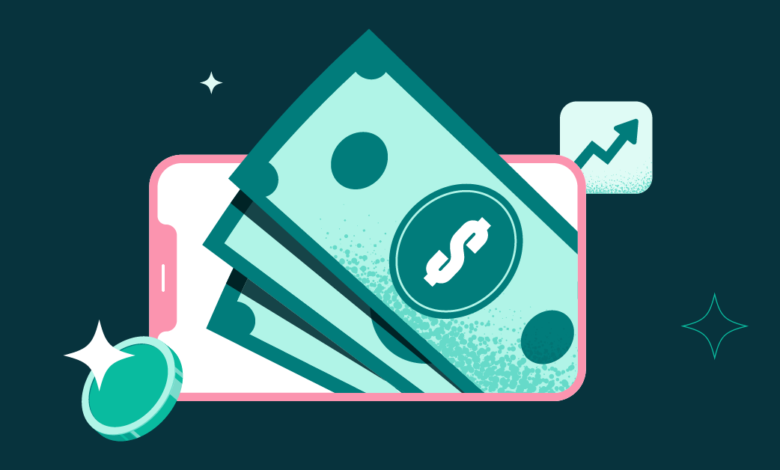Beyond Subscriptions: Rethinking Monetization Models for Digital Products

Monetization strategies have undergone a major transformation over the past decade, driven by shifts in consumer behavior, emerging technologies, and increased competition. Developers, creators, and entrepreneurs must now go beyond the typical subscription-based model to stay relevant and profitable. While some industries still lean heavily on recurring billing, others are pivoting toward hybrid and more user-centric monetization methods. These innovations are not only improving user retention but also unlocking new revenue streams. To explore a unique example of evolving digital business strategies and investing, read more.
Value-Based Monetization: Charging for Outcomes, Not Features
Rather than putting paywalls on features, many platforms are beginning to monetize based on user outcomes. Customers no longer just want access—they want results. This approach rewards quality, impact, and trust, making it a powerful method for digital product teams to attract and retain paying users.
Fitness apps, for example, have adopted performance-based payment models. Some platforms offer users the option to pay only if they reach specific goals, such as losing weight or increasing endurance. Educational software is also leaning into success-based pricing, charging learners after they complete a course or pass a certification. These outcome-driven models can establish a stronger emotional connection with users and foster long-term loyalty.
Freemium Is Evolving: The Rise of Micro-Transactions and Premium Perks
The freemium model is still widely used, but its mechanics are changing. Traditional freemium strategies relied on gating premium features, but now the trend is toward encouraging in-app micro-transactions and optional paid experiences that enhance usability.
Gamified Upsells
In-app economies, borrowed from the gaming world, are making their way into productivity tools, design platforms, and even writing apps. Instead of static upgrades, users are presented with gamified opportunities:
- Temporary boosts or add-ons
- Cosmetic upgrades for personalization
- One-time unlocks of advanced tools or templates
These additions make the user feel like they’re purchasing something tangible, even in a digital context. This method often performs better than simply asking for a blanket subscription.
Tiered Perks
Rather than one-size-fits-all pricing, many apps now offer layered perks. These tiers often include:
- Early access to features
- VIP support or live chat
- Increased customization or automation
This flexible approach helps convert more users while respecting their willingness to pay.
Monetizing Through Community and Ecosystems
Digital product owners are starting to recognize the power of the communities surrounding their offerings. People often buy into a tribe, not just a tool. Turning a product into a platform can create a self-sustaining economy that benefits both the provider and the user.
By integrating social sharing, user-generated content, and referral systems, products can encourage organic growth and increase engagement. More importantly, platforms that facilitate creator economies—such as marketplaces, affiliate features, or paid plugins—generate revenue from ecosystem participants, not just end users.
Contextual Advertising That Adds, Not Annoys
Advertising as a revenue model isn’t dead—it’s just getting smarter. Contextual advertising that aligns with the user’s journey is more accepted than interruptive, irrelevant banners. AI now enables personalized offers that blend seamlessly into content, improving the user experience rather than hindering it.
For instance, a language learning app might offer book recommendations tailored to a learner’s skill level, with an affiliate cut. A personal finance tool could suggest budget-friendly purchases or deals based on spending patterns. These advertisements are less intrusive and often welcomed by users when done transparently.
Blockchain and Tokenization: Still Early, But Promising
While still in a maturing stage, blockchain technology has opened new doors for monetization. Tokenization allows creators to sell access, rights, or ownership in a decentralized way. This could be particularly transformative for digital artists, independent developers, and niche content providers.
Some applications are experimenting with:
- Non-fungible tokens (NFTs) for exclusive content or membership
- Token-based tipping for contributors or community moderators
- Smart contracts that automate revenue sharing
The key challenge is user adoption. However, platforms that simplify the blockchain user experience without compromising on transparency stand to gain early mover advantage.
Privacy-Preserving Monetization: The New Competitive Edge
As users become increasingly conscious of data privacy, offering monetization methods that don’t rely on invasive tracking is becoming a competitive advantage. Products that monetize through ethical data usage—or allow users to opt in for compensation—are building more trust.
For example, some browsers and apps are compensating users for allowing anonymous ad targeting, creating a user-friendly exchange. This trend suggests that respecting privacy may soon evolve from a differentiator to an expectation.
Hybrid Monetization: Why a One-Model-Fits-All Approach No Longer Works
More digital products are now adopting hybrid strategies that combine several revenue streams. A typical modern app may have:
- A freemium base
- Premium tiers
- Optional micro-purchases
- Affiliate or contextual ads
- Creator monetization integrations
This layered strategy not only diversifies income but also allows products to capture value from different types of users, reducing risk and boosting long-term sustainability.
Conclusion: Agility Will Define the Next Wave of Digital Revenue
As user expectations continue to shift, the most successful monetization strategies will be those that are adaptive, personalized, and ethical. It’s not just about charging users—it’s about creating value they want to pay for. Brands and builders who view monetization as part of the user experience, rather than a separate revenue lever, will be the ones leading the future of digital innovation.




